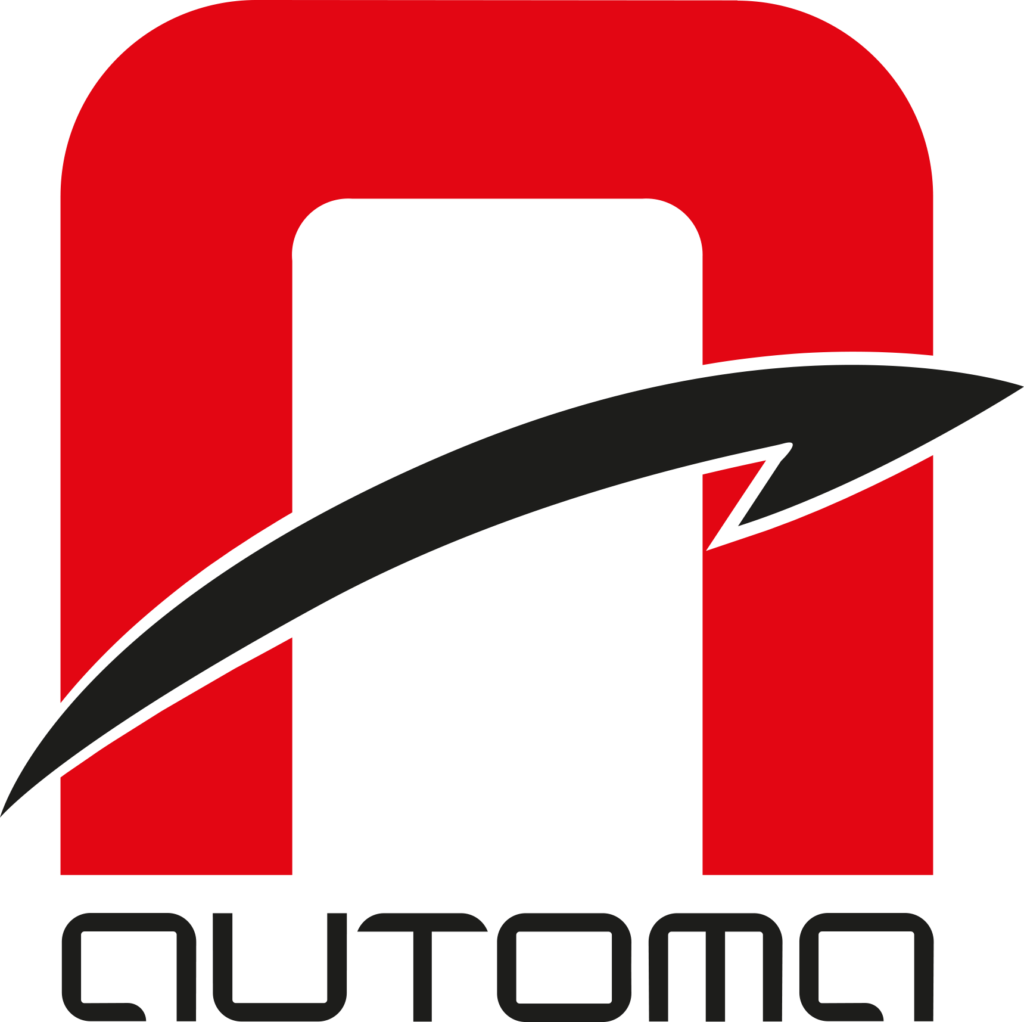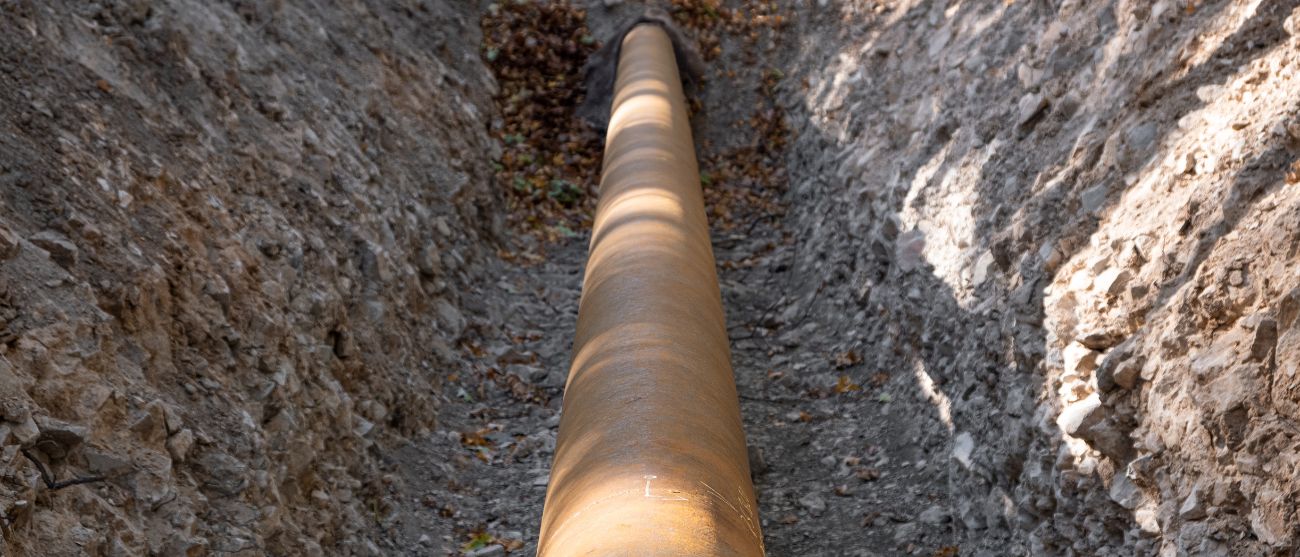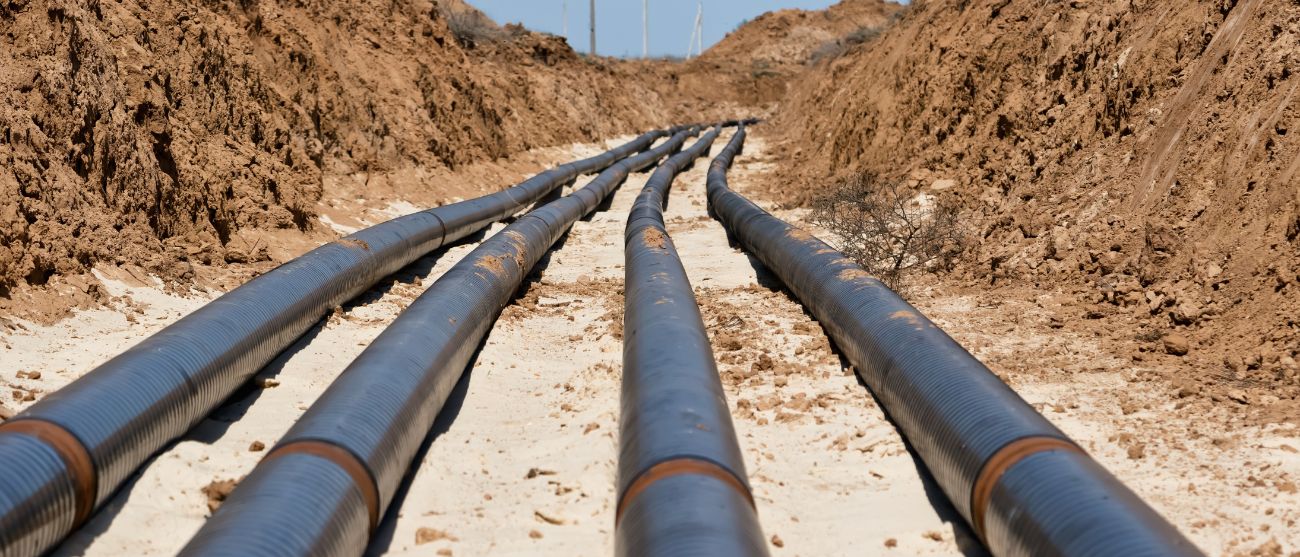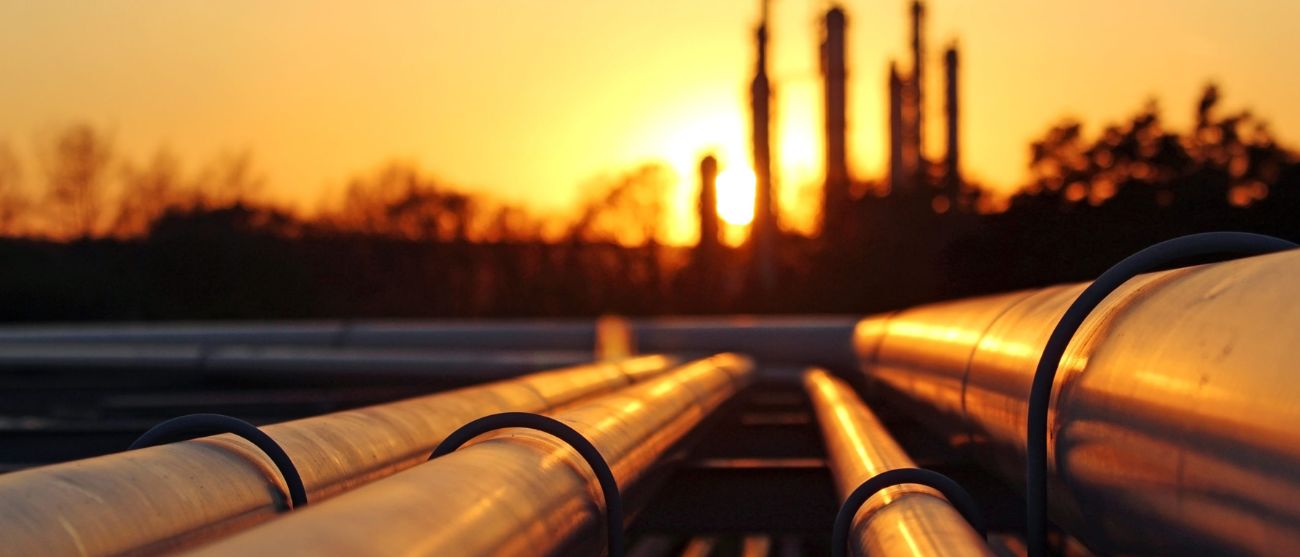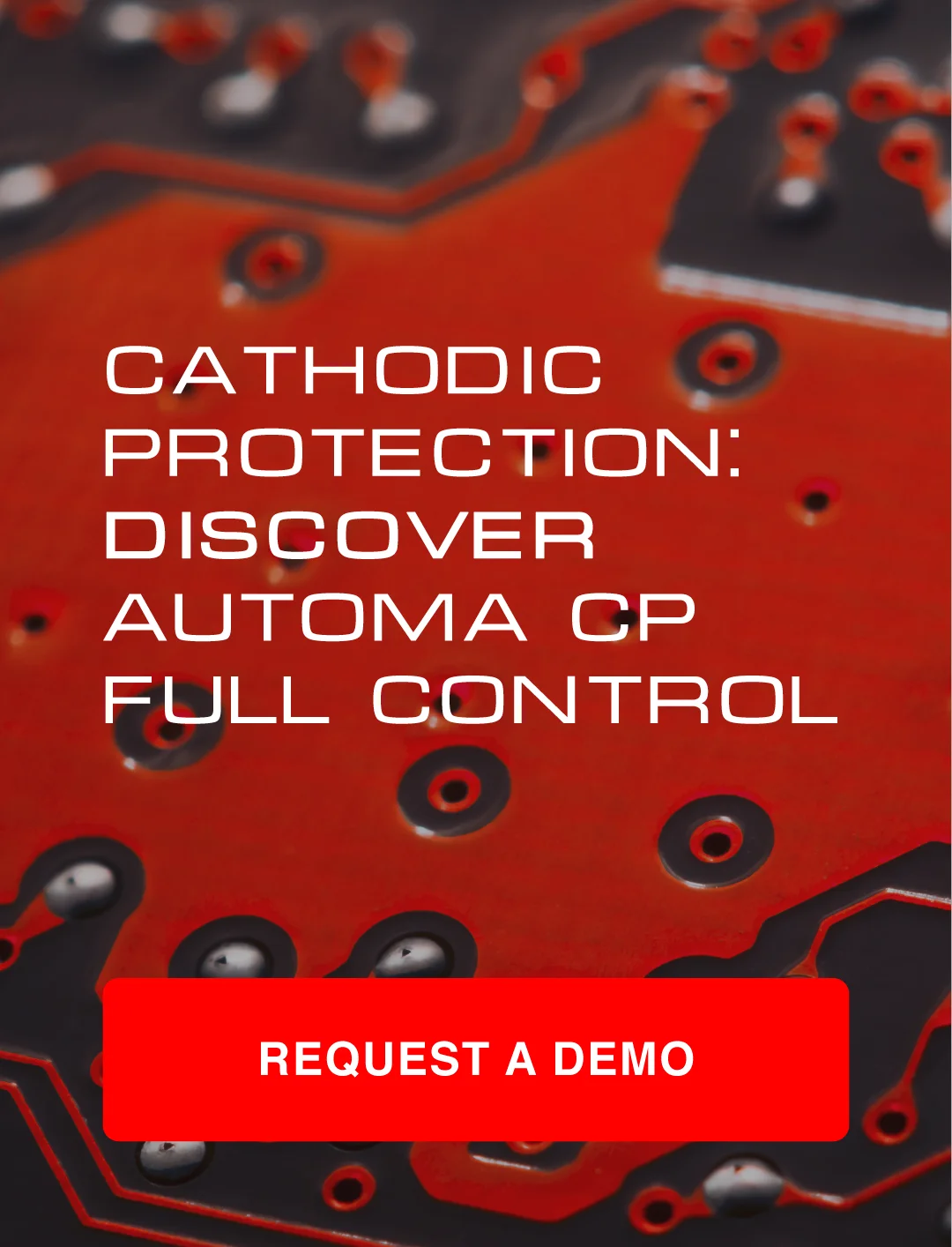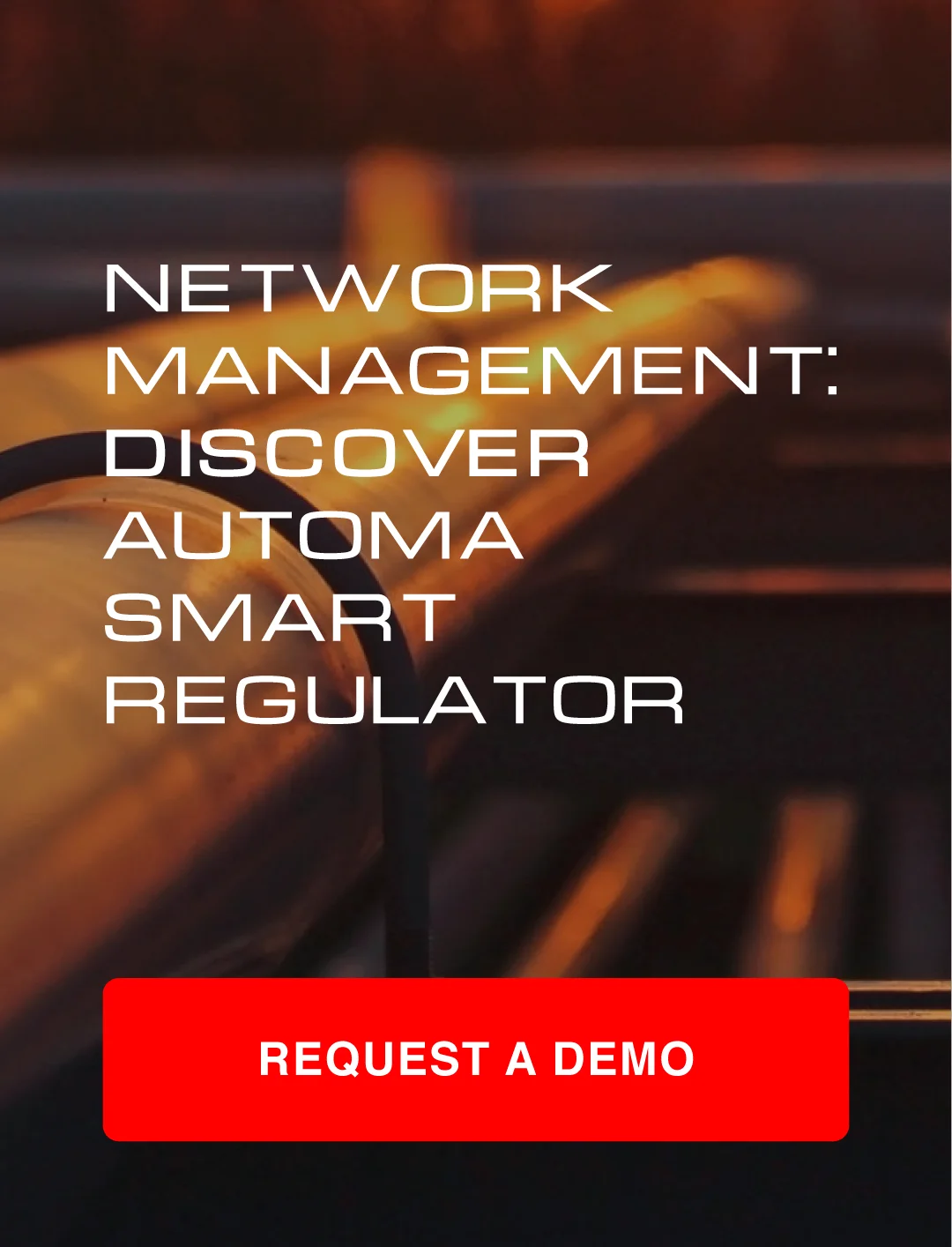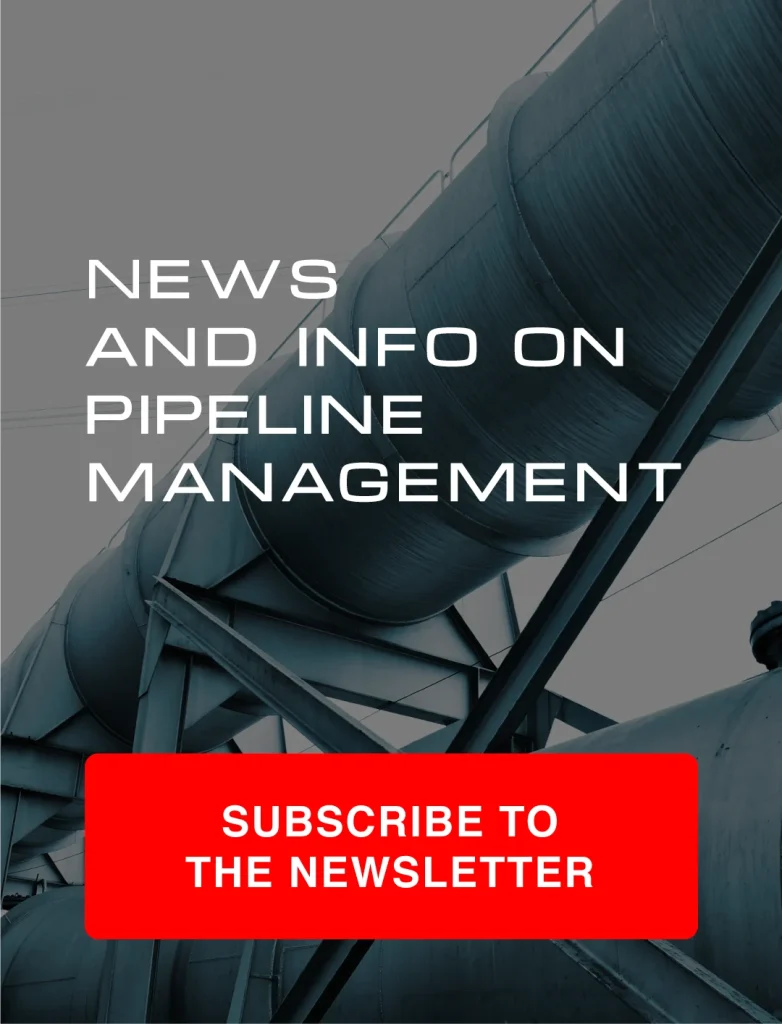Maintaining the integrity of gas, oil and water pipelines is in many ways a challenge. When infrastructure is located in remote areas that are difficult to reach, or urban but particularly congested, only a remote monitoring system can make realistic assessments of its health and intervene promptly when needed.
And if the area where the pipelines are located is affected by stray currents, the challenge becomes even more complex, making it essential to have an efficient remote monitoring system for cathodic protection.
However, the right remote cathodic protection monitoring system can allow you to work more accurately. Here are its benefits.
1) You can take measurements every second
A high-performance remote monitoring system gives the possibility to carry out an extremely detailed survey of cathodic protection: it makes it possible to obtain measurements every second throughout the day, every day.
This provides information that manual measurements in the field could not capture.
2) You can accurately identify the anomaly that occurred
The analysis of the data collected by the monitoring system allows you to trace the ‘problem’ that affected the infrastructure.
For example, the measurements obtained may suggest that the cathodic protection rectifier is not active or that the impressed current anode resistance is increased, or even that there has been damage to unidirectional drainage, which is unable to interrupt the flow of drained current when it reverses its direction.
Once the anomaly has been identified, taking action to resolve it is much easier and faster: you can program the intervention times and also, if necessary, evaluate how to reschedule periodic maintenance.
3) You can overcome the problems arising from stray currents
In areas with time-varying interfering currents, measurements taken on site for a short period (from a few minutes to a few hours) may have difficulty in grasping ‘out of protection’ conditions.
Remote monitoring, on the other hand, through a daily measurement per second during the 24 hours, offers a real possibility to correctly assess the effects of interfering currents.
In addition, in areas affected by stray currents, monitoring several signals at a time (On DC and AC potential, IR-free potential) becomes critical to check compliance with the thresholds indicated by the standards and to check the efficiency of all devices installed so as to reduce the effects of interference (DC and AC decouplers, drainage, etc.).
To measure the IR-free potential, for example, the Eoff can be measured on a coupon. To bring the IR component to zero and thus consider the Eoff a correct approximation of the IR-free potential, the coupon must be chosen with appropriate shape, size, type and material and installed correctly with respect to the reference electrode and pipe. The best choice for correctly measuring is a device with an integrated solid state switch to manage the connection between the pipe and the coupon.
Having a remote monitoring technology of cathodic protection allows you to view different data in detail, analyse daily measurements automatically and create alarms for anomalies. The more advanced the technology, the more complete the data it provides and the more it will be possible to optimise cathodic protection system management activities, limiting on-site inspections to only those that are really necessary.
For example, Automa devices record 86,400 data samples for each channel every day (1 measurement per second). Then they send the WebProCat software a daily statistical report and if a problem emerges from the daily report, a complete data log can be requested from the software to identify its source (e.g. AC interference, stray currents, telluric currents, rectifier failures, etc.).
The WebProCat software by Automa is specifically designed for cathodic protection analysis, such as battery-powered remote monitoring devices with ultra-low power technologies, which guarantee a minimum of 48 months of uninterrupted operation in the field.
Our company is today a leader in the design and production of innovative and Made in Italy hardware and software solutions for remote monitoring and control in the Oil, Gas and Water sectors.
Currently, over 50,000 Automa devices are installed in more than 40 countries.
Do you want to know what security benefits your networks could have with Automa monitoring system of cathodic protection?
Contact our team without obligation and we will tell you how we can optimise control of your infrastructure.

 Product Manager at Automa S.r.l.
Product Manager at Automa S.r.l.
Electronics engineer, he is certified as a Senior Technician in cathodic protection and specialises in market analysis and industry standards. With more than 15 years of experience in remote cathodic protection monitoring and a patent on an intelligent reference electrode, Ivano is a member of the Board of Directors of Ceocor (European Committee for the Study of Corrosion and Protection of Piping Systems) and Delegate of AMPP Italy Chapter, as well as an active member of the ISO and AMPP standard working groups for cathodic protection.
